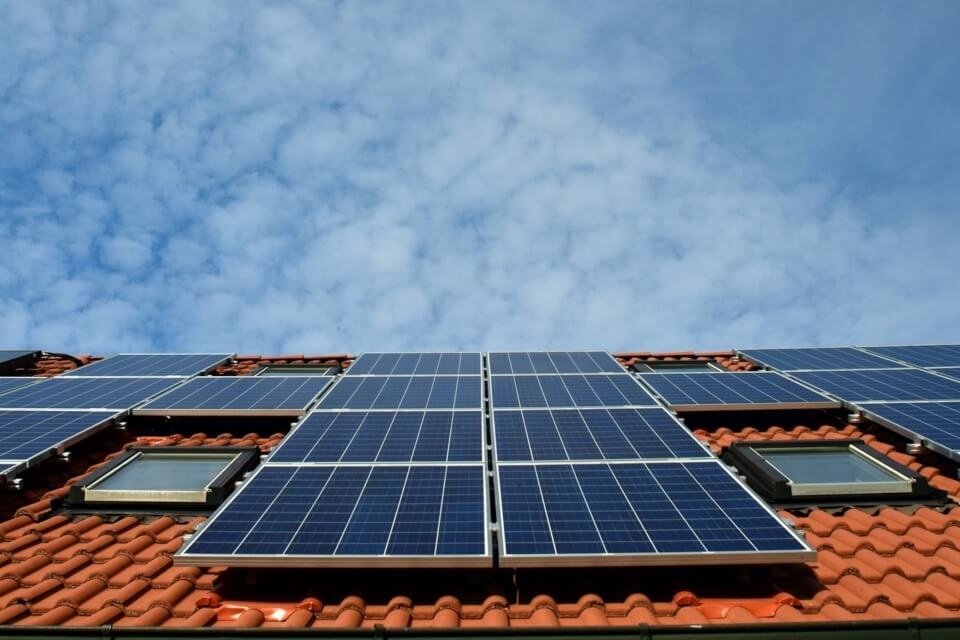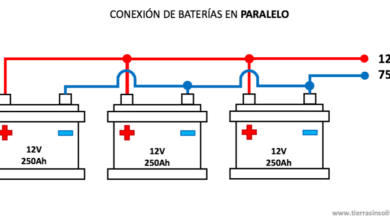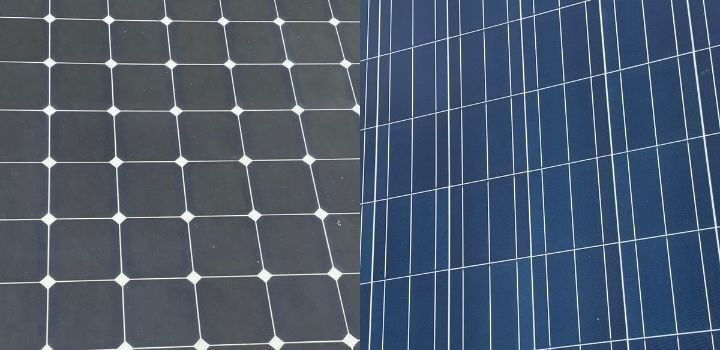How to calculate the minimum distance between solar panels
In this article I will explain how to calculate the minimum distance between solar panels.
Knowing the minimum necessary distance between solar panels is one of the prerequisites that we must solve before carrying out the installation. If we do not know how many meters we need between each plate, we could affect the generation of electricity.
How to calculate the minimum distance between solar panels
It’s important to get it right the first time, an accidental mistake can cause modules to shadow each other. Since, as we said before, a bad calculation can negatively affect the generation of energy .
And no one wants that to happen at their facility. The same can be said for overcompensation. Think about how many more kW you could have had. In this article we are going to easily teach you how to calculate the distance between solar panels. I really have to warn you that it is not easy, you need notions of mathematics and know how to interpret graphs.
The first step in calculating the row spacing of your modules is to calculate the height difference from the back of the module to the surface. To do this, follow the calculation below
Height difference = Sin (Inclination angle) x Module width
***Make sure you are calculating in degrees, not radians***
In this case, I am using a SolarWorld module that is 39.41 inches wide with a 15º tilt angle.
- Height difference = Sin (15) x 39.41
- Height difference = 10.2″ rounded up to 10″
In http://solardat.uoregon.edu/SunChartProgram.php we are going to calculate the spacing of the modules. And it will also allow us to know the angle of elevation of the sun. We can obtain more precise data if we enter data such as our latitude or our postal code.

I have selected a window of 9 AM to 3 PM during the winter solstice for the worst case. If you want you can change the time slot to one that best suits your needs. Normally the companies that install solar panels will ask you or measure themselves the time slot that best corresponds to your home.
On the graph, you can see that I have highlighted this window and have drawn a horizontal line to the left of the graph to constrain the solar elevation angle at those times. I estimate an angle of 17º which I will use next to determine the spacing between rows of modules using the following formula.
- Space between rows of modules = Height difference / Tan (17)
- Space between rows of modules = 10 / Tan (17)
- Module row spacing = 32.7″ rounded up to 33″.
We’re not done yet and you’ll be glad you read on…
The next thing we need to do is take the azimuth angle into account and use that figure to apply to another formula. Look again at the example below; You’ll see that I’ve drawn two vertical reference lines down from each time reference. The difference between the South that goes in any direction turns out to be 44º and we will use it in the following formula to determine the Minimum Space between Rows of Modules.

- Minimum spacing between module rows = Spacing between module rows x Cos (azimuth correction angle)
- Minimum distance between rows of modules = 33 x Cos (44)
- Minimum spacing between module rows = 23.7″ rounded up to 24″.
You have just earned an additional 9″ for every row you have in your system. In tight ceilings or large commercial systems, this can make all the difference. In other words, in this case we could increase the size of the system by 27%.
And one last thing: ….
This last calculation is an extra and can help you design your system in CAD more easily. The following formula gives you the distance from the trailing edge of one row to the trailing edge of the next row or its Row Width.
- Row width = Minimum space between rows of the module + Cos (angle of inclination) x Width of the module
- Row Width = 24 + Cos(15) x 39.41
- Row width = 62″.
Now get the TI-86 out and put fresh batteries in it, I think you’ll enjoy calculating the row spacing of all your sloped or ground-mounted PV systems. Have fun.
For the installation of photovoltaic solar modules on sheet metal roofs, the ideal is to have an air gap of 100 mm to 110 mm. A smaller air gap will cause an increase in the temperature of the modules, which will translate into lower production.
How to place the solar panels in series or in parallel?
It depends on what we are looking for, wiring in series will increase the voltage, while wiring in parallel will increase the amperage. Both voltage and amperage need to be considered when designing your system, especially when trying to find an inverter that will work best for you.






